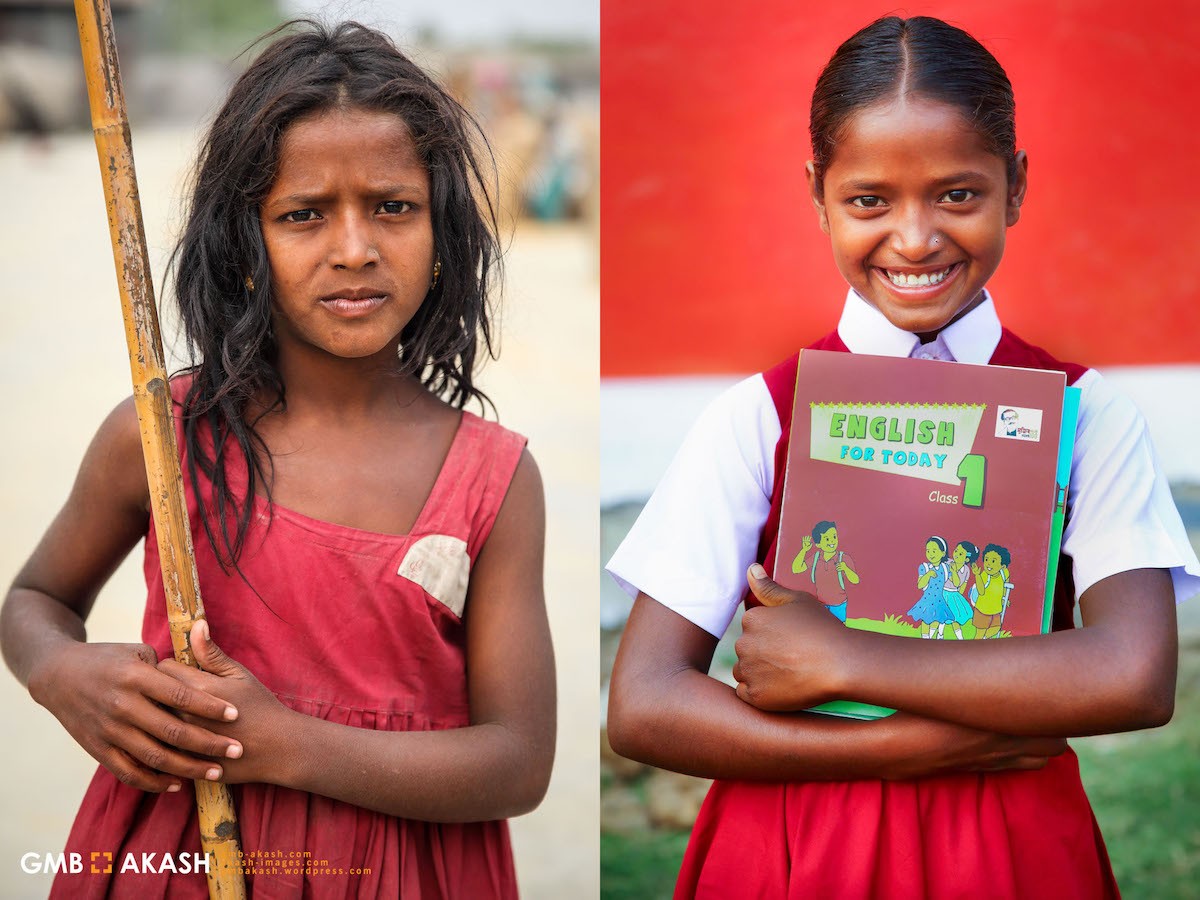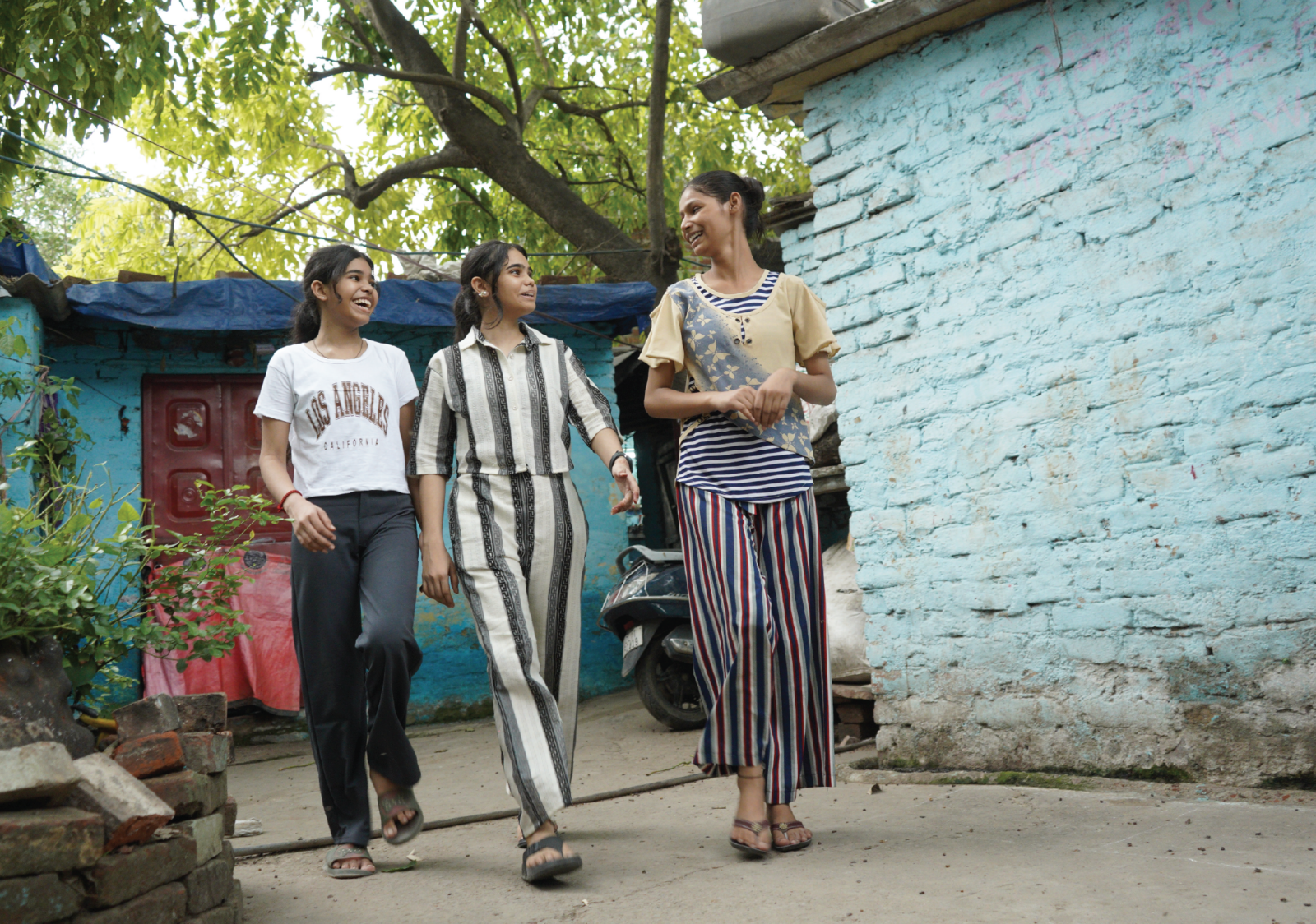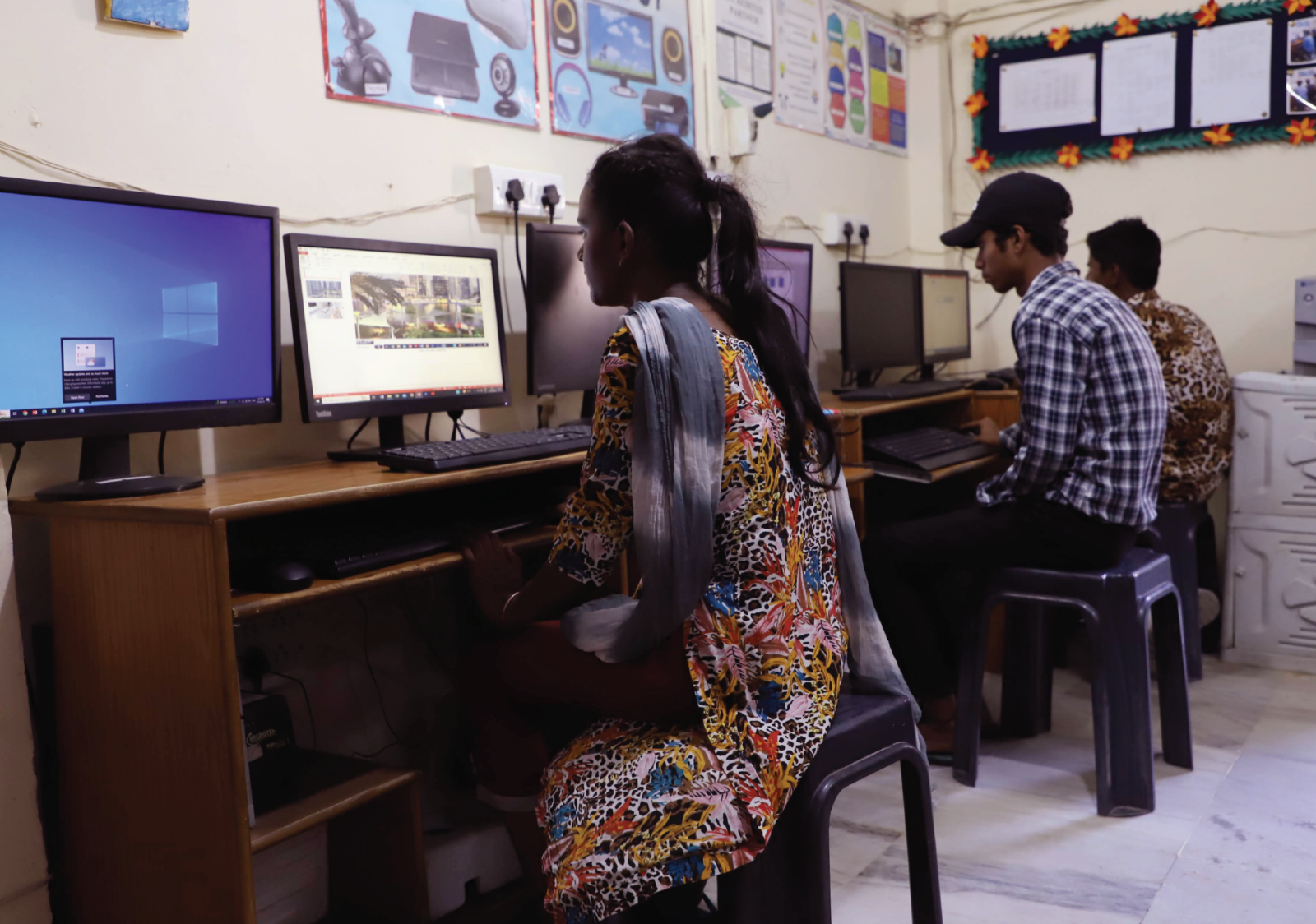It is both ironic and amazing how a still image holds the power to move people from within. Whether it’s the heartbreaking photograph of the 3-year-old Syrian refugee, Alan Kurdi, washed ashore or the captive photograph of the piercing-green-eyed Afghan refugee Sharbat Gula, a powerful image can bring the world’s attention to otherwise neglected issues.
Philanthropic photographer GMB Akash’s before-and-after portraits of children who escaped child labour are more than powerful images; they are journeys and stories of children captured in stills; they are representative of the plight our society inflicts on underprivileged children; they are a mirror to child rights violation and restoration.
GMB Akash is an award-winning photographer from Bangladesh. His work has been featured in several major international publications, which include the likes of National Geographic, Vogue, Time, The Guardian, The Economist, and Sunday Telegraph of London. His glorious list of accolades includes winning the prestigious World Press Photo Award in 2006, becoming the first Bangladeshi to be selected for the 30 Emerging Photographers, winning the Travel Photographer of the Year in 2009, and many more.
However, awards, recognition, and international acclaim aside, what sets him apart is his philanthropic work beyond the lens.
From the beginning of his photography career, GMB Akash has been capturing stories of the marginalized communities of our society. Having closely seen the lives of sex workers, people of the trans community, and Dalits, he endeavoured to shine a spotlight on the stigma attached to their existence and end it with sensitivity, kindness, and humanity.
Covering stories of child labourers, their plight, and the injustice meted out to them by society and their impoverished families is another 17-year-long project of GMB Akash. His photo of a factory owner beating a small child labourer at a sewing machine because that little boy was working too slowly won him the prestigious World Press Photo Award in 2006.
However, merely taking their photos left him feeling incomplete. “I could see that the people in my photos were in the same hopeless situation many years later,” stated GMB Akash in one of his interviews. Thereafter, he made it his mission to change the lives of the people he photographed. To get the children out of the brickfields and into schools, he took innumerable steps.
He decided to provide aid to the families of these children to offset the loss of income from their kids no longer working. He presented small businesses to these families so that they could earn a dignified living, without feeling the need to send their children to toil. He gifted cows and calves to many families, so they could start a dairy service. He arranged a vegetable stand in the local market for a family; while for some others with experience in driving, he purchased Tuk Tuk taxis. Furthermore, he trained, monitored, and consulted these families in running a sustainable venture and handling money more judiciously.
He reached out to the children directly by offering scholarships to hundreds of students each year, which enabled them to take their SSC and HSC Exams. Taking his initiatives a notch higher, he built a rural school building outside of Dhaka for children who had no access to education.
His relentless endeavours have resulted in 150 families earning a dignified living and 160 children getting access to formal education.
These before-and-after portraits of child laboures are a result of GMB Akash’s empathy for the marginalized, his will to change their circumstances, and his vision to see a book and pen in every child’s hand instead of the hammer and brick.
View this post on Instagram







